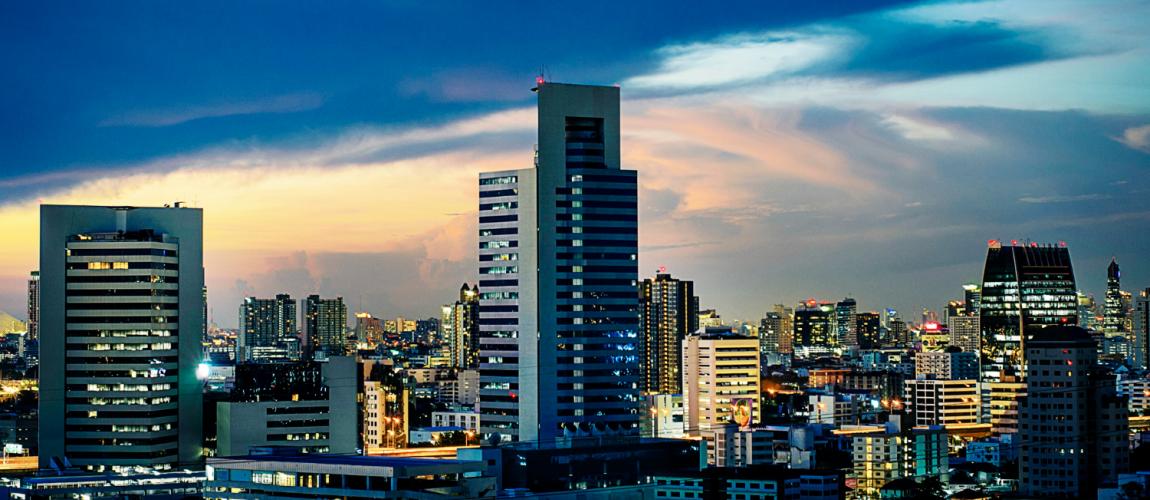Bangalore One, Government of Karnataka, India

Photo Credit: Image by Freepik
On this page: A case study on Bangalore One, Government of Karnataka, India. Find more at the Municipal Public-Private Partnership Framework - Project Summaries section for brief summaries of around 100 projects from around the world, examples of successes and challenges, as well as innovative ideas on solutions, or visit the Guidelines to Implementing Asset Recycling Transactions Section Overview and Content Outline, or download Full Version of the Report.
Project Summary: Background Citizens of Bangalore were suffering from uncomfortable conditions when visiting government offices. Long waiting times, limited visit times and dates, no flexibility in payment methods, strict compliance of service provision with citizens’ residential locations, and different services of one government department being provided at different office locations were among just a few of the obstacles that made the process of obtaining government services more convoluted than it needed to be. To improve governance and service delivery, and in line with comparable initiatives around India, the Government of Karnataka decided to implement a PPP e-Governance project dubbed Bangalore One to provide information and government services using the concept of one-stop-shop facilities. Project Structure Following a competitive selection process, a consortium consisting of CMS Computers Ltd and Ram Informatics Ltd was selected as the implementing partner for the Bangalore One project. The consortium and the Directorate of Electronic Delivery of Citizen Services entered into a service level agreement to ensure the delivery of the project and the quality of the service standards. Following the signing of the agreement, the consortium developed an application software (single application interface for all services) and initially implemented it in 15 citizen service centers in different parts of Bangalore city. The public partner provided furnished centers, information technology hardware, and a data center. At the same time, the participating government departments in the city made their essential data available. The 2,000 square feet citizen service centers are uniformly designed citizen headquarters with 15-20 non-government staff offering services from 8 am to 7 pm in two shifts (from 8:00 - 1:30 pm and 2:00 – 7:00 pm), 365 days each year, excluding national holidays, with installed hardware and networking equipment. The government departments are not required to make nay upfront investment, but they are obliged to to pay service charges for services rendered on a transaction basis. The private partner and the Directorate receive a share of the transaction charges. The public partner retains the responsibility for ensuring the service provision to the citizens. Axis Bank is the official financier for the project, using a one day float. The cash collected at the centers is picked up by the Bank at the end of each day (day 1); day 2 is the reconciliation/float period, and on day 3 the funds are transferred to the government departments and can be tracked online. t is not clear if the bank is a partner in this public-private partnership, but it is reported that through the one-day float it bears part of the operating expenses of the project. The objective of Bangalore One is to offer all the central, state and local government services through these facilities so that citizens and businesses need only go to government offices for complex requests. Initially, the activities carried out in the service centers include: payment of water, electricity and telephone bills; payment of property taxes; filing of grievances; issuing khatha, birth/ death certificates; issuing and renewing driver’s licenses; booking railway and airline tickets; provision of application forms for new passports; and collecting of taxes. The project aims, inter alia, to increase official government offices’ productivity by handling the most time-consuming and routine activities outside these premises. E-governance access will also be possible through other channels beyond the citizen services center , including through Electronic Kiosks, mobile phones, and online. Citizens and business entities will have the option to pay for the services in cash, online, via card, or by cheque or demand drafts. Lessons Learned The Bangalore One project was launched in April 2005 with 14 centers offering 13 services from 10 government departments and six private operators. As of March 2016, more than 100 centers were operational, with more than 400 counters per shift; more than 100 services from 24 government departments and 12 private companies, serving more than two million of citizens every month. The project was replicated in other cities in Karnataka and has expanded beyond the service centers. For instance, Bangalore One is now available on mini buses with built-in infrastructure to provide services in uncovered areas of the city; through mobile applications, and commercial complexes. The project has also won several awards, such as the 2005-06 CSI-Nihilent e-Governance Award for the “Best in-service orientation” and CSI Nihilent Award 2012 as Best project for sustainability. The project highlights that having a political will accompanied by a strong urgency to address a real need will have a positive impact on the sustainability of the project.1 Footnote 1: Case source: https:// www.nisg.org/project/74 Accessed on May 28, 2019 https://www. aphrdi.ap.gov.in/ documents/Trainings@ APHRDI/2017/1_jan/ Best%20Practices/ kumudavalli.pdf, Accesed August 5, 2019.
This is a new section of the PPPLRC website and is currently in draft form. Your feedback is welcome: If you would like to comment on the content of this section of the website or if you have suggestions for links or materials that could be included please contact us at ppp@worldbank.org.
To find more, visit the The Municipal Public-Private Partnership Framework - Project Summaries section, the Guidelines to Implementing Asset Recycling Transactions Section Overview and Content Outline, or download Full Version of the Report.
Updated: March 9, 2024